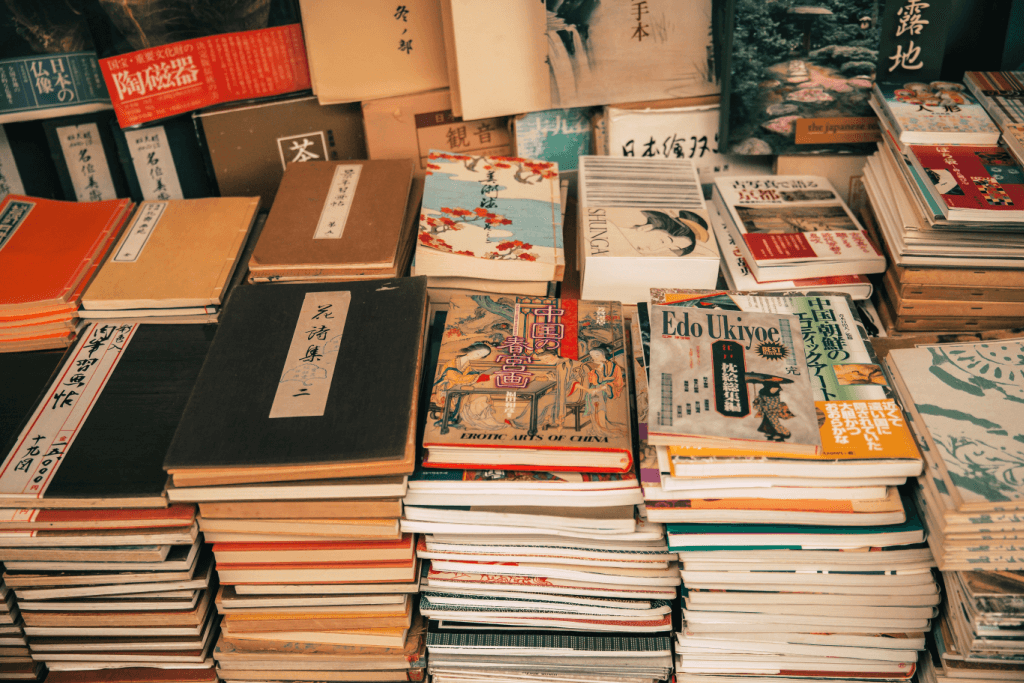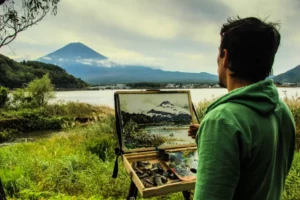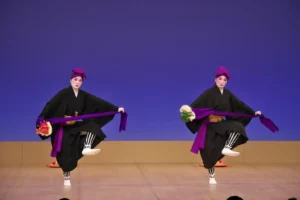Japanese literature is like a magical window that lets you peek into Japan’s fascinating culture and history. These historical books take you on exciting adventures through different eras and storytelling styles.
As you read these tales from Japan, you’ll travel through the intricate layers of Japanese society across different eras. In these historical books, you’ll also discover universal themes and ideas that have touched readers worldwide. Here are five classics to read this summer!
Table of Contents
ToggleThe Pillow Book – Sei Shonagon (1002)
Transport yourself back to 11th-century Japan, into the world of the imperial court during the Heian era. The Pillow Book provides this extraordinary opportunity through her musings and observations. However, this literary work is not a traditional narrative. More specifically, it is a mosaic of diary entries by Sei Shonagon. Generally, she was a lady-in-waiting who served the Empress Consort Teishi. Her writings offer a candid portrayal of court life. Her writings are also poetic because they touch upon the natural beauty around her, intricate social dynamics, and the cultural trends of that time.

Sei Shonagon’s voice is witty, elegant, and forthright. It also sheds light on expectations for women and the inner workings of the imperial court. Not to mention, her unique perspective is important. Additionally, the work is historically significant. But it has also captivated readers across generations. It can transport readers to the cultural fabric of the Heian period. Sei Shonagon’s musings transcend their historical context because they invite readers to immerse themselves in her world.
I Am a Cat – Natsume Soseki (1906)
Have you ever wondered what your pet cat thinks about you and the world around you? Well, the book I Am a Cat by Natsume Sōseki lets you see life through the eyes of a very observant feline. The story is narrated by a cat who lives with a middle-class schoolteacher in Tokyo. As the cat watches his owner and friends go about their daily lives, he provides funny commentary on their behavior and the changes happening in Japanese society at that time.

This book takes place during the Meiji period (1868-1912) when Japan rapidly adapted to Western influences and modernized. Instead of following a continuous plot, I Am a Cat is a collection of amusing episodes and the cat’s playful explanations about human nature and societal changes. Through this unique feline perspective, you can also witness the cultural and academic shifts Japan underwent as it blended tradition with modern, Western ways. Overall, the author uses wit and humor to poke fun at the tensions caused by these clashing values.
Naomi – Junichiro Tanizaki (1925)
Naomi, or Chijin no Ai (“A Fool’s Love”), tells the story of Joji, a 28-year-old businessman, who becomes infatuated with a 15-year-old cafe hostess named Naomi. He takes her in, hoping to mold her into his ideal wife. As Naomi grows older, she becomes independent, creating a relationship marked by Joji’s obsession and Naomi’s deceit. The novel explores obsession, identity, and the clash between Japanese values and Western influences.
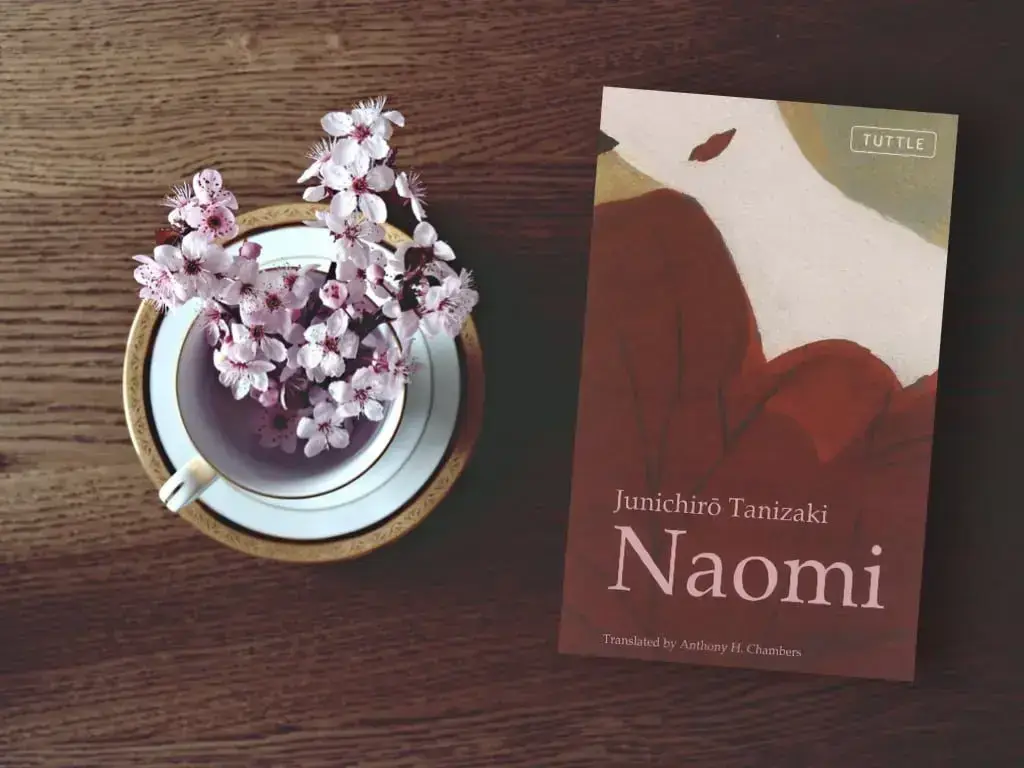
This book was Tanizaki’s first significant success. The novel’s exploration of obsession and manipulation, alongside its commentary on Japan’s fascination with Western culture, has helped understand the changes of the era. Joji’s self-delusion and Naomi’s independence examine gender dynamics and societal expectations. As a result, the book continues to be studied in literary discussions and studies of early 20th-century Japanese society.
Are you looking for some great snacks while enjoying these historical books from Japan? Check out Sakuraco! Sakuraco delivers traditional Japanese snacks, teas, sweets, and snacks from local Japanese makers directly to your door so you can enjoy the latest treats from Japan!
Silence – Shusaku Endo (1966)
Silence is a historical novel set in 17th-century Japan, following the journey of a Portuguese Jesuit priest. He travels to Japan to investigate reports of his mentor’s apostasy and to continue missionary work. In a time when Christianity is outlawed, he witnesses severe persecution of Japanese Christians. Struggling with his faith amid torture and martyrdom, he grapples with God’s silence during immense suffering.
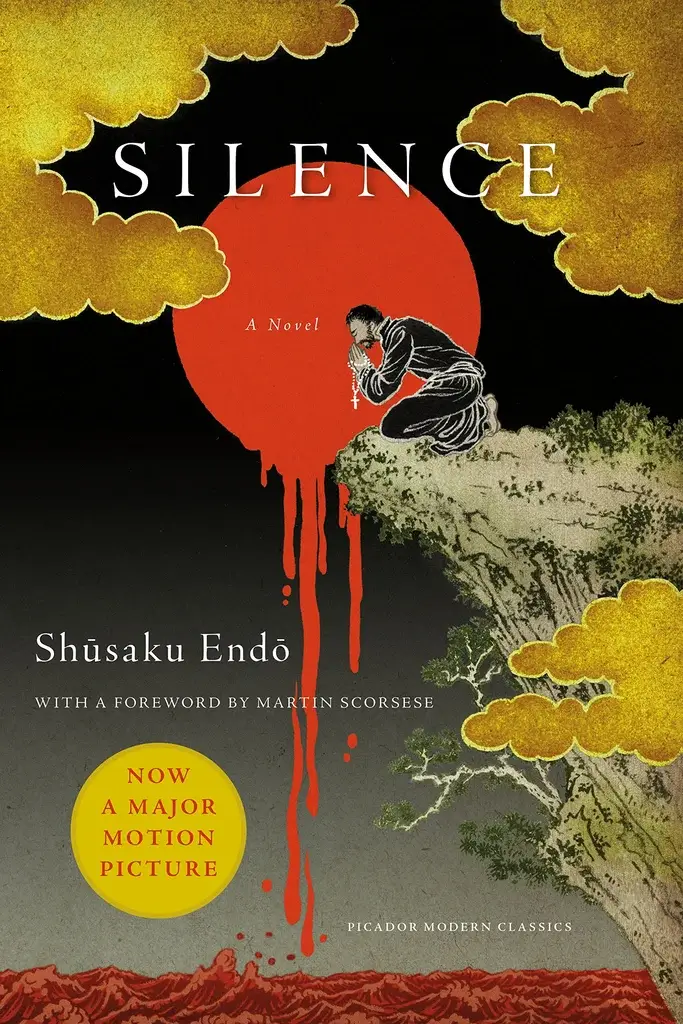
Silence has impacted literature and culture regarding faith, suffering, and cultural conflict themes. The book’s exploration of religious persecution and personal faith has resonated with readers worldwide. Endō, a Japanese Catholic, brings a unique perspective to these themes. The novel was adapted into a film by Martin Scorsese, cementing its legacy as a powerful and thought-provoking work.
Kabuki Dancer – Sawako Ariyoshi (1969)
Kabuki Dancer is a historical fiction novel that tells the story of Izumo no Okuni, the legendary dancer who helped create kabuki in Japan. The book follows Okuni’s journey from a temple dancer to a celebrated performer. Her style draws large crowds and both admirers and competitors. The narrative also captures the ups and downs of her life, including her unfaithful husband, Sankuro, and the challenges of the social and political climate.

The novel highlights Okuni’s impact on Japanese culture, particularly the development of Kabuki. Despite facing obstacles, Okuni’s determination and creativity changed the arts. The story highlights the gender dynamics of the time, as kabuki evolved from a female-led performance to a male-dominated art form. Today, kabuki remains a part of Japan’s cultural heritage, and Okuni’s legacy inspires artists and audiences alike.
Overall, these historical books provide insights into different eras of Japanese history, from Sei Shonagon’s reflections in The Pillow Book to Shusaku Endo’s exploration of faith in Silence. This summer, dive into these masterpieces to discover the diversity of Japanese storytelling! Have you ever read any of these books? Which one do you recommend? Let us know in the comments below!

